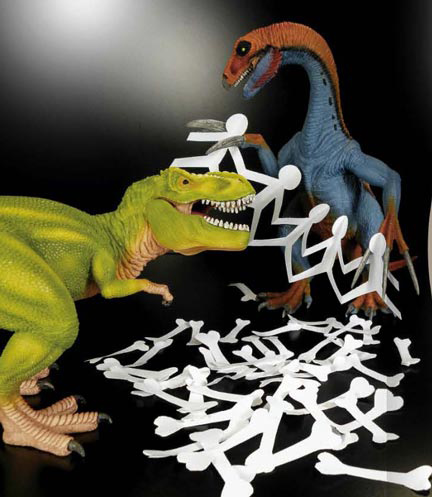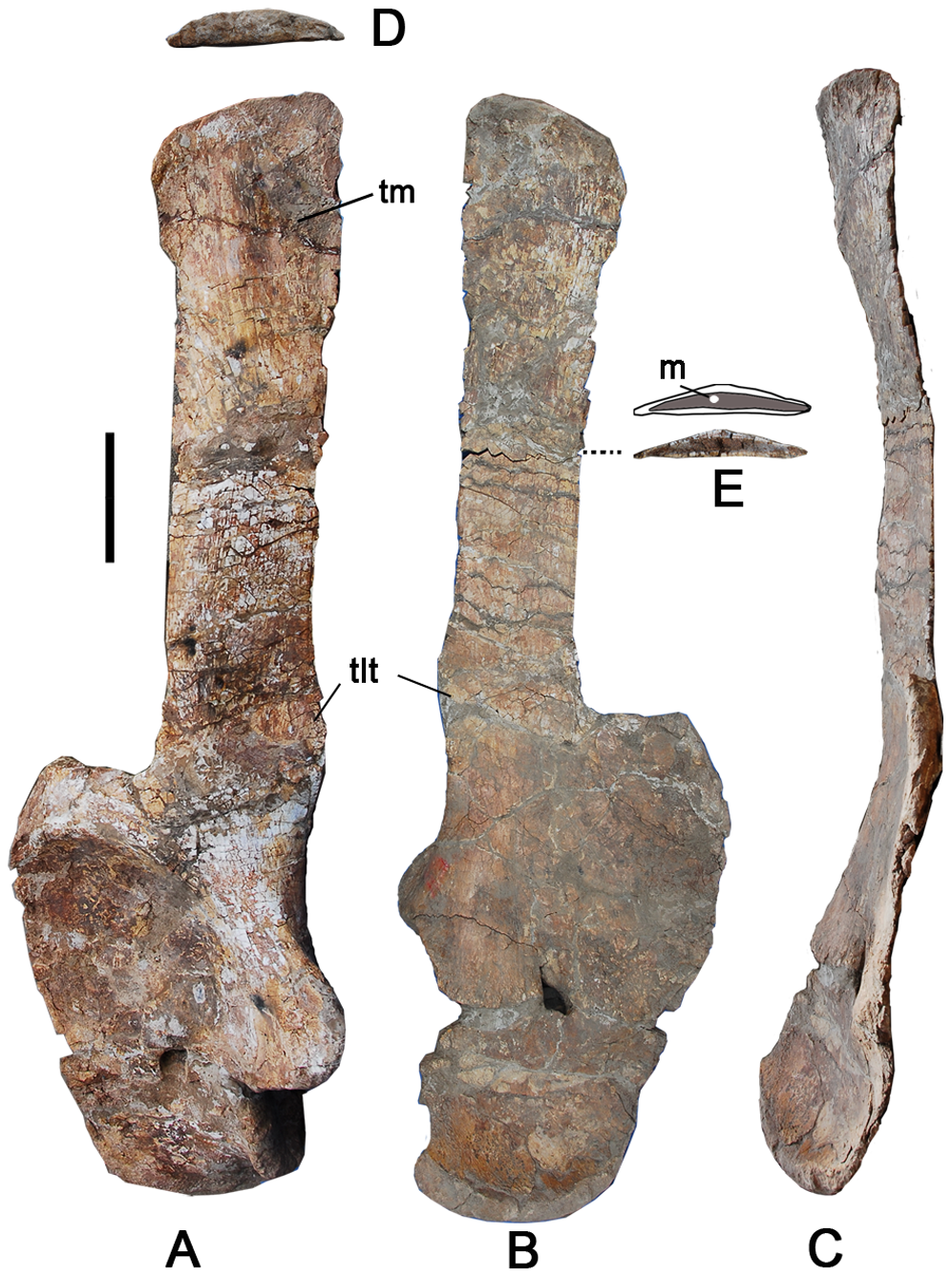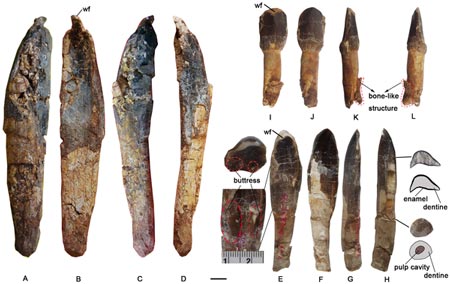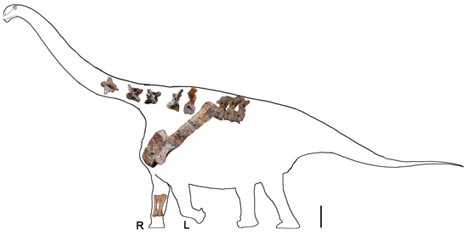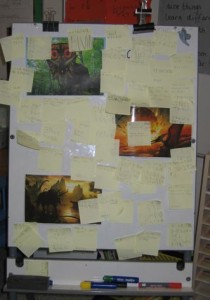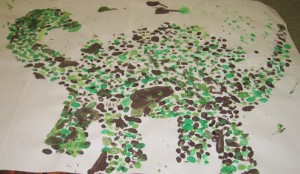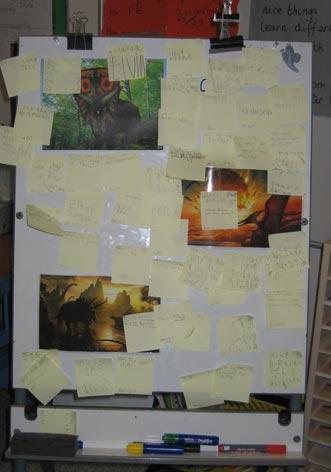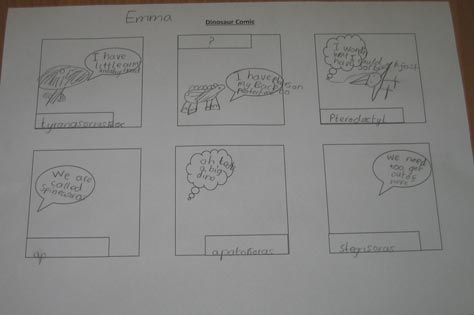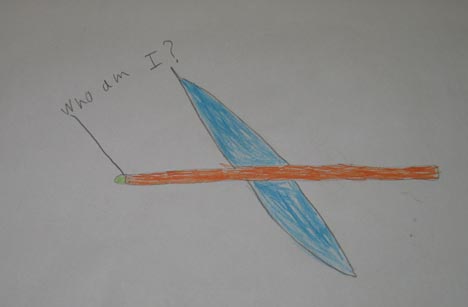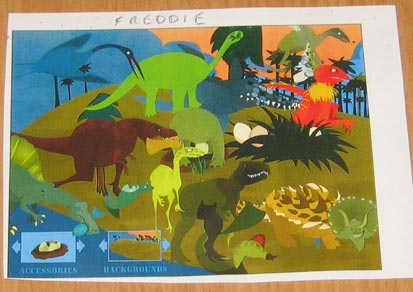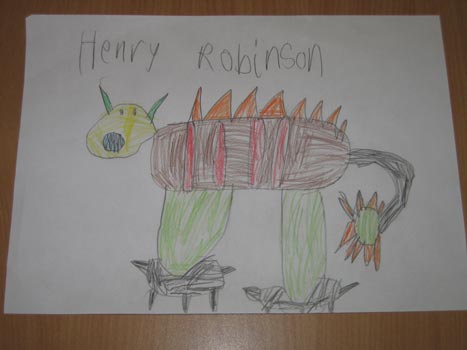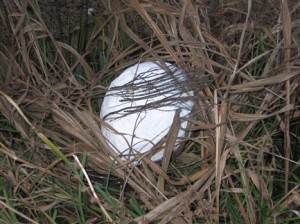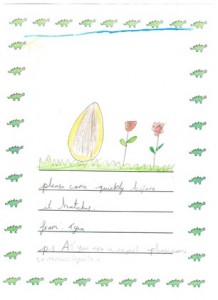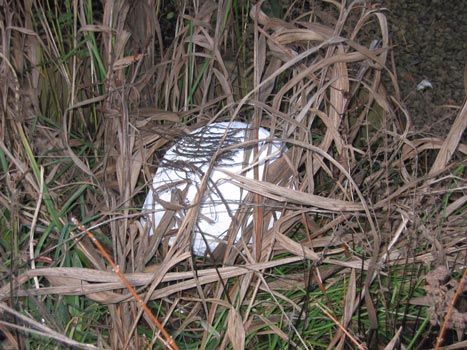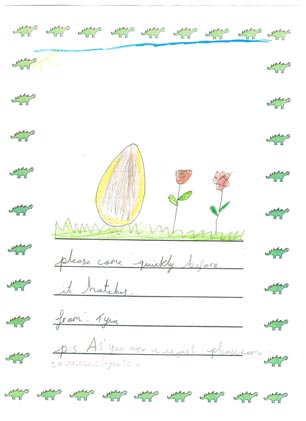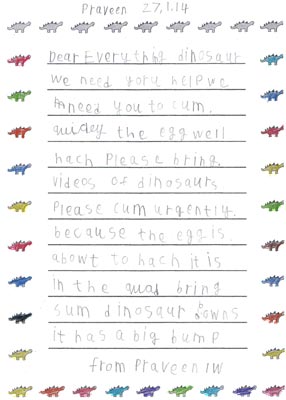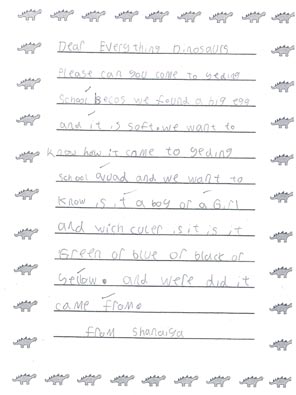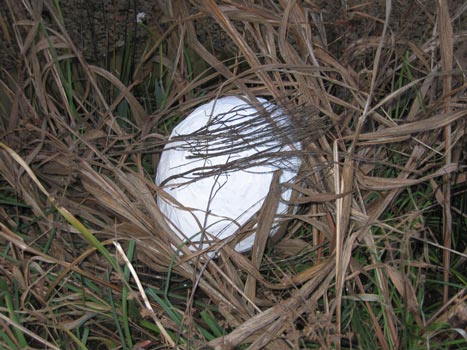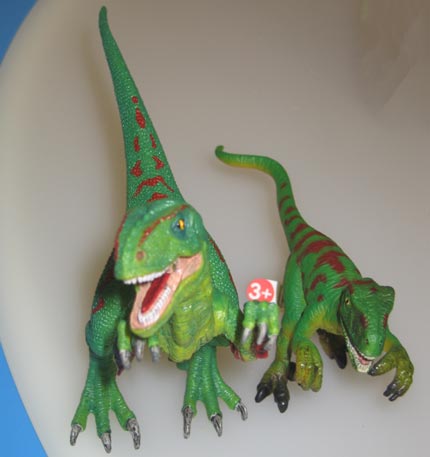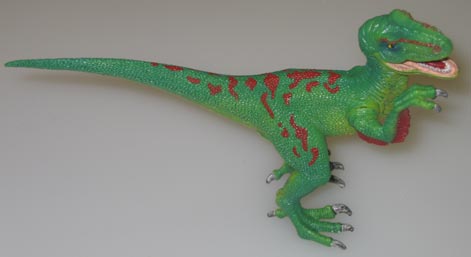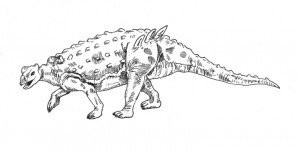Neanderthal Genes Linked to Modern Human Diseases
Modern humans (Homo sapiens) are susceptible to some diseases as a result of inherited genes due to our interbreeding with Neanderthals (Homo neanderthalensis) according to a study published in the academic journal “Nature”. A joint American and German-based team of researchers from Harvard Medical School, (Boston, Massachusetts) and the Max Planck Institute for Evolutionary Anthropology (Leipzig, Germany), have looked at the genetic makeup of over 1,000 people and compared this to the analysed genome of a Neanderthal toe-bone that is believed to be around 50,000 years old.
Inherited Genes from Neanderthals
The team also concluded that along with our susceptibility to some diseases, the inability to give up tobacco in some portions of the human population may be due to genes passed onto us from Neanderthals (not that Neanderthals smoked, as far as we know). In addition, other traits such as hair colour, strong nails and the ability to adapt better to cold climates could be a result of our partial Neanderthal heritage.
Study Suggests Neanderthal DNA May Make Parts of Modern Human Population Susceptible to Diseases
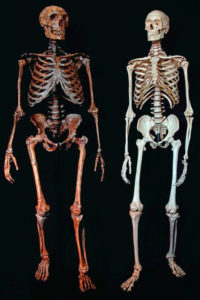
A Neanderthal skeleton (left) compared to a modern human skeleton (right). Picture credit: Ian Tattersall/ Max Planck Institute for Evolutionary Anthropology.
Picture credit: Ian Tattersall/ Max Planck Institute for Evolutionary Anthropology
Related Research Projects into the Human Genome
This study is one of a number of related research projects (no pun intended), as scientists attempt to unravel the complex relationship between early hominid species in Europe. To read a news story on a research paper published late last year that looked at the genetic inheritance for a prevalence for diabetes in the human population: Modern Human’s Risk of Diabetes Inherited from Neanderthals.
In those members of our present population who are non-African in origin, there is a small amount of Neanderthal DNA present in their genetic make-up. The level of Neanderthal DNA varies from approximately 2% to 4%. Some Neanderthal DNA would be expected due to the belief that modern humans and Neanderthals shared a common ancestor. However, the relatively high level suggests that there was interbreeding between these two species in the past.
New research suggests that in parts of the Old World, there were as many as four different types of hominid living at the same time. The genetic relationship between these populations is very complex. Part of this complexity is put down to interbreeding between species.
Adaptations for a Colder Climate
One of the genetic traits identified in this new research is that the Neanderthal’s genes to help adaptation to a colder climate by having tougher skin and nails may have been passed onto Homo sapiens that migrated northwards out of Africa.
People alive today, who are indigenous to sub-Saharan Africa, whose ancestors did not migrate out of Africa when Neanderthals were still present in Europe, carry very little Neanderthal DNA. What they do carry would be as a result of our species sharing a common, ancient ancestor with the Neanderthals or perhaps a species of hominid from very far back in the human evolutionary line.
One of the conclusions made from the genetic study of the Neanderthal toe bone suggests that based on this evidence Neanderthal populations may have been very inbred. The exact genetic relationship between Neanderthals and a third species of human that lived in Europe the same time as Neanderthals as well as H. sapiens has yet to be fully understood.
To read more about this: Mystery of the Denisovans.
Implications for Diabetes Research
Everything Dinosaur team members have already reported on one of the findings from research of this kind, the prevalence for type 2 diabetes being an inherited trait from Neanderthals. In addition, it seems that Neanderthal genes may also predispose parts of the modern human gene pool to lupus, long-term depression, Crohn’s disease (inflammation of the digestive tract, a condition that affects around one person in every 700 in the United Kingdom), plus an autoimmune disease of the liver. When Crohn’s disease is considered, it seems that Neanderthals passed on different genetic markers that increase and decrease the risk of this condition.
Commenting on the research, one of the authors of the academic paper, Professor David Reich (Harvard Medical School) stated:
“Now that we can estimate the probability that a particular genetic variant arose from Neanderthals, we can begin to understand how that inherited DNA affects us. We may also learn what Neanderthals themselves were like.”
The London Natural History Museum’s Professor Chris Stringer, although not an author of this research, is regarded as an authority on the study of ancient hominids. He explained that the findings added a new dimension to the debate over how early humans interacted with Denisovans and Neanderthals. He stated that this research, in his opinion, did not challenge the current thinking that our ancestors originated in Africa.
Professor Stringer commented:
“The genetic data also shows there are thousands of DNA changes that are unique to Homo sapiens, and these distinctions are likely to have accumulated during the several hundred thousand years since Homo sapiens separated from the Neanderthal and Denisovan lineages as they evolved in Africa and Eurasia respectively. Our genetic heritage is still largely from a recent African origin, despite the interbreeding with other human populations that undoubtedly occurred.”
No Traces of Neanderthal DNA in Parts of the H. sapiens Genome
This research also found that some areas of the human genome had no traces of Neanderthal DNA present within them. This could be explained by alleles (pronounced al-eels) to these genes being dominant and the genes from the Neanderthals that may have been detrimental to the individual with those genes in some way, being lost out of the general population as a result of natural selection
Post-doctoral Fellow, Sriram Sankararaman (Harvard Medical School), one of the authors of this new research paper, explained:
“We find that there are large regions of the genome where most modern humans carry little or no Neanderthal ancestry. This reduction in Neanderthal ancestry was probably due to selection against genes that were bad – deleterious – for us.”
The evidence suggests that some Homo neanderthalensis/H. sapiens hybrids may have had reduced fertility, or in some cases they may have been sterile. Sterility in such hybridisation indicates that our species and Neanderthals, despite probably sharing a common ancestor, were so genetically far apart at the time of interbreeding, that these two species were only just compatible in terms of the ability to produce fertile offspring from any such union.
Unravelling More of the Neanderthal/Modern Human Genome
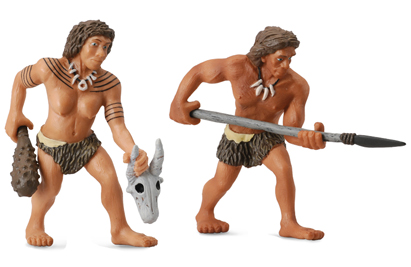
Models of Neanderthals.
Picture credit: Everything Dinosaur
Neanderthal Models and Figures
To view Neanderthal figures (whilst stocks last) and other prehistoric animal figures: CollectA Prehistoric Life Figures and Models.
Exploring the issue of infertility occurring as a result of mating, Professor Reich added:
“It tells us that when Neanderthals and modern humans met and mixed, they were at the very edge of being biologically compatible.”
There have been a number of papers published recently highlighting the research into the various taxonomic and genetic relationships between our species and other ancient hominids. At the turn of the year, Everything Dinosaur team members made a number of predictions about what news stories this web log was likely to cover over the next twelve months. We confidently predicted that further genetic research such as this would reveal more data relating to the linkages between our species and other hominid branches on the human family tree.
To view Everything Dinosaur’s 2014 predictions in full: Everything Dinosaur’s Predictions for 2014.


